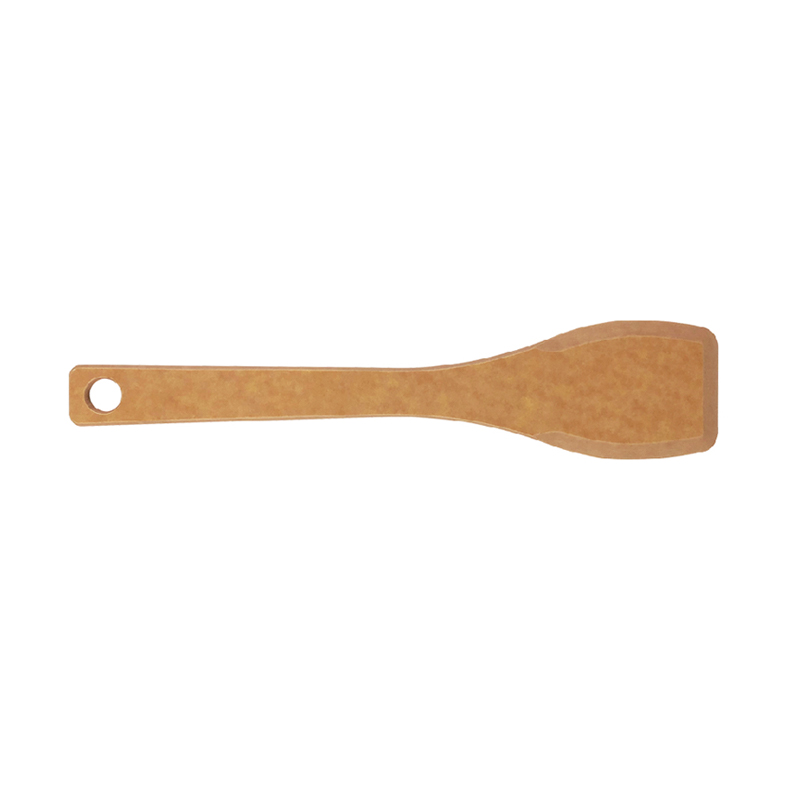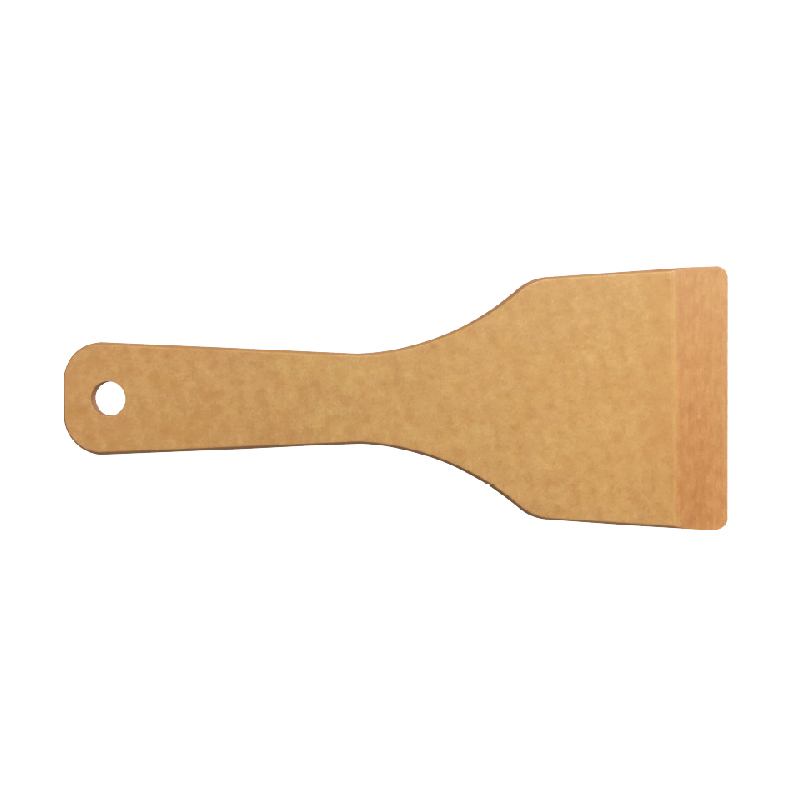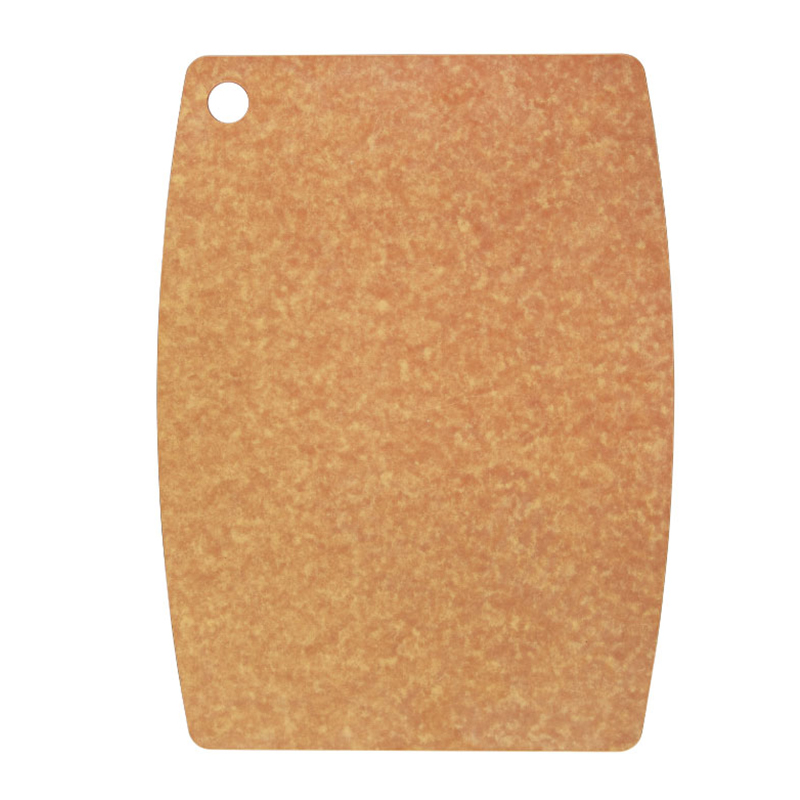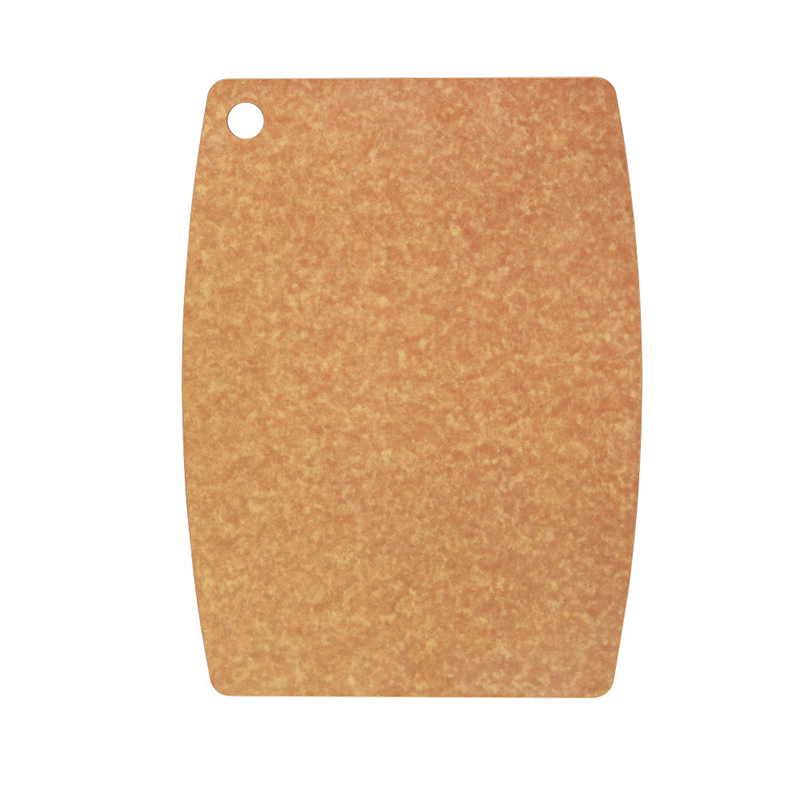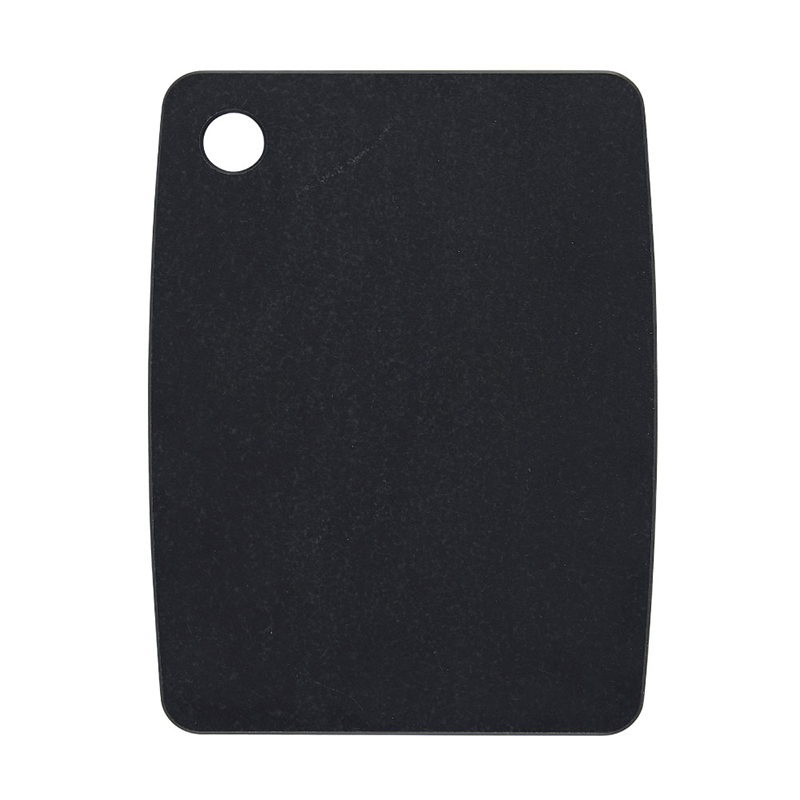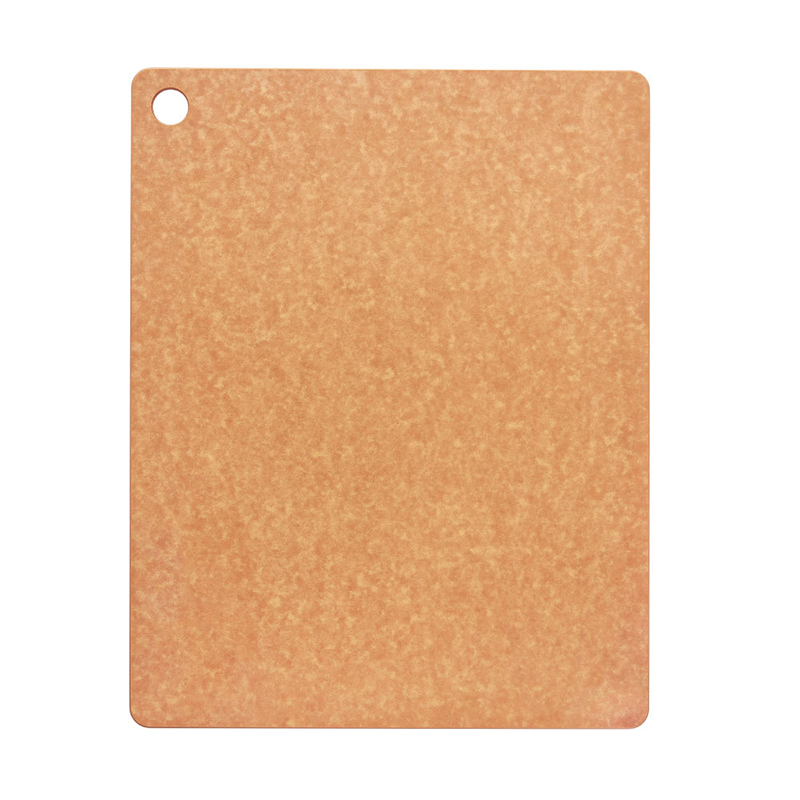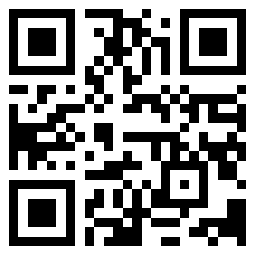-
How should tableware be washed and disinfected to meet the standard?
Qualified standards for dishwashing and disinfection:
1. The surface of the tableware is smooth, no oil stains, no peculiar smell, and dry.
2. The residual amount of sodium alkyl iodate on the tableware is less than 0.1mg/100 square centimeters, and the free residual chlorine is less than 0.3mg/L.
3. The coliform bacteria on the tableware is less than 3/100 square centimeters, and no pathogenic bacteria can be detected.
Disinfection Mistakes
For tableware, high temperature boiling is indeed the most common disinfection method, and many germs can be killed by high temperature disinfection. However, in order to achieve the real effect of high-temperature disinfection, two conditions must be met, one is the temperature of the action, and the other is the time of the action.
There are many kinds of microorganisms in intestinal communicable diseases, and the bacteria that often cause acute diarrhea include pathogenic Escherichia coli, Salmonella, Shigella, Vibrio cholerae, Bacillus cereus, etc. Most of these bacteria can die after being heated at 100°C for 1-3 minutes or heated at 80°C for 10 minutes. If the heating temperature is 56°C, these bacteria can still survive after 30 minutes of heating. In addition, some bacteria are more resistant to high heat, such as anthrax spores, cereus spores, etc.
Therefore, scalding a bowl with boiling water before eating can only kill a very small number of microorganisms due to insufficient temperature and time, but cannot guarantee to kill most pathogenic microorganisms. Boiling, circulating steam, or using infrared rays to sterilize cupboards are all options to achieve results. If you use boiling, in order to achieve real disinfection, you must cook for a while, and it generally takes 15-30 minutes to disinfect the cupboard with infrared rays.

 日本語
日本語 English
English 中文简体
中文简体
